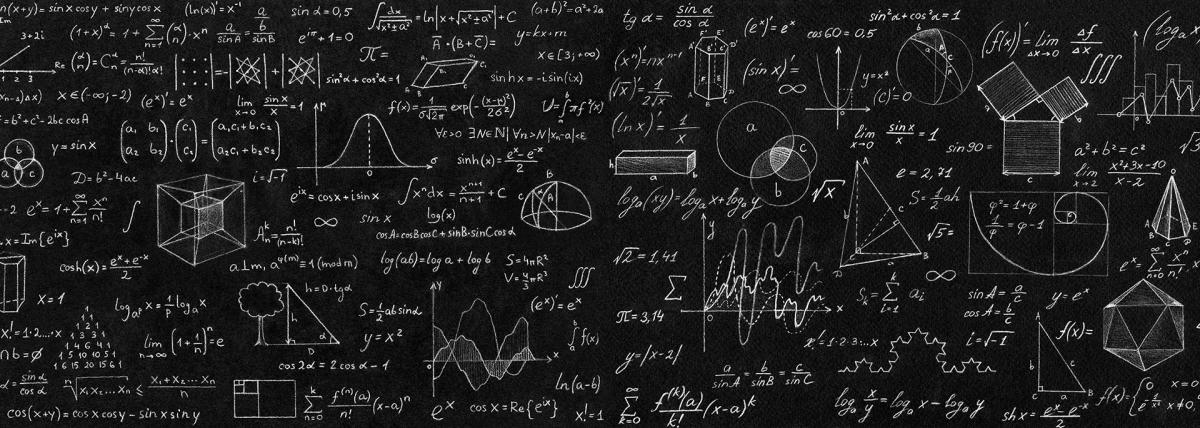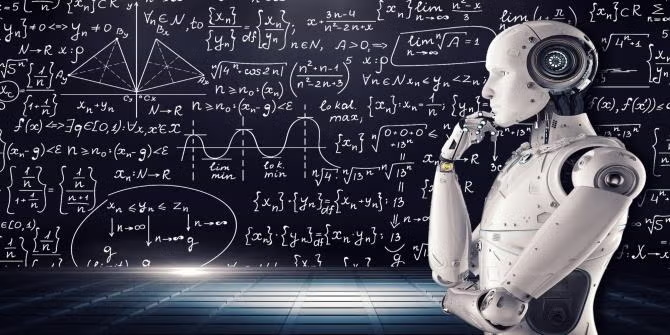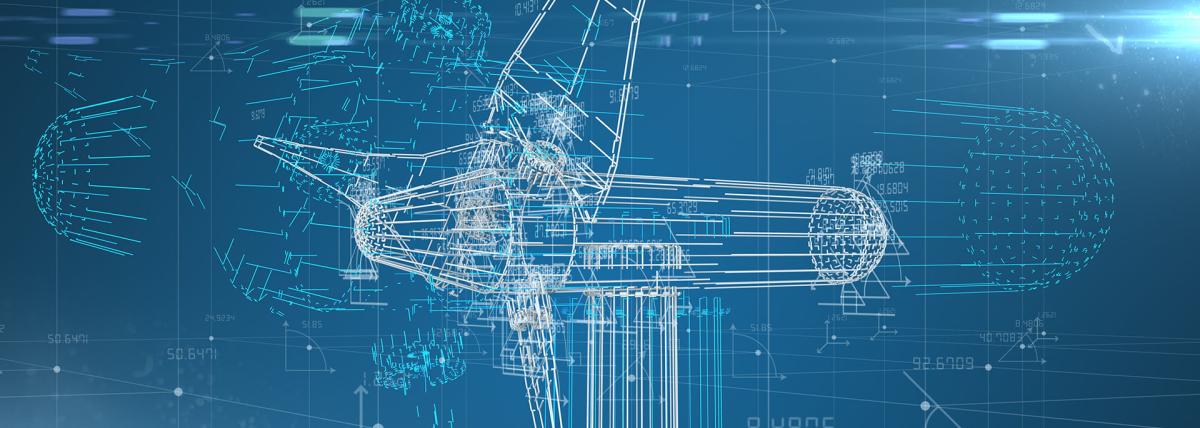
Modeling Eclipses
In this lesson, students will observe the geometry of lunar and solar eclipses by creating a physical, proportional model of the Earth and Moon system and observing shadows.
Lesson Plan Link/URL
https://docs.google.com/presentation/d/1rI-2yU-cG00H6oWvjJ8Nxxsd2CsduqnB/edit?u…Subject Area
Science Earth and Space Science E2: Earth & the Universe Engineering S4: Apply Science to Engineering Mathematics Measurement and Data (MD) Geometry (G) Ratio and Proportion (RP)Related Content

This is a multiple-day lesson plan based on Newton's 3 Laws of Motion. Students begin the lesson by collecting data observing coins moving across a table. After making the observations, students will

How can we design and engineer sports venues of the future that practice sustainability? According to the Green Sports Alliance, 17% of the world's population follows science but about 80% follow

In this lesson, students will learn about the history of flight and the technological advancements that led to modern aviation. Students will learn about how the study of birds and other flying